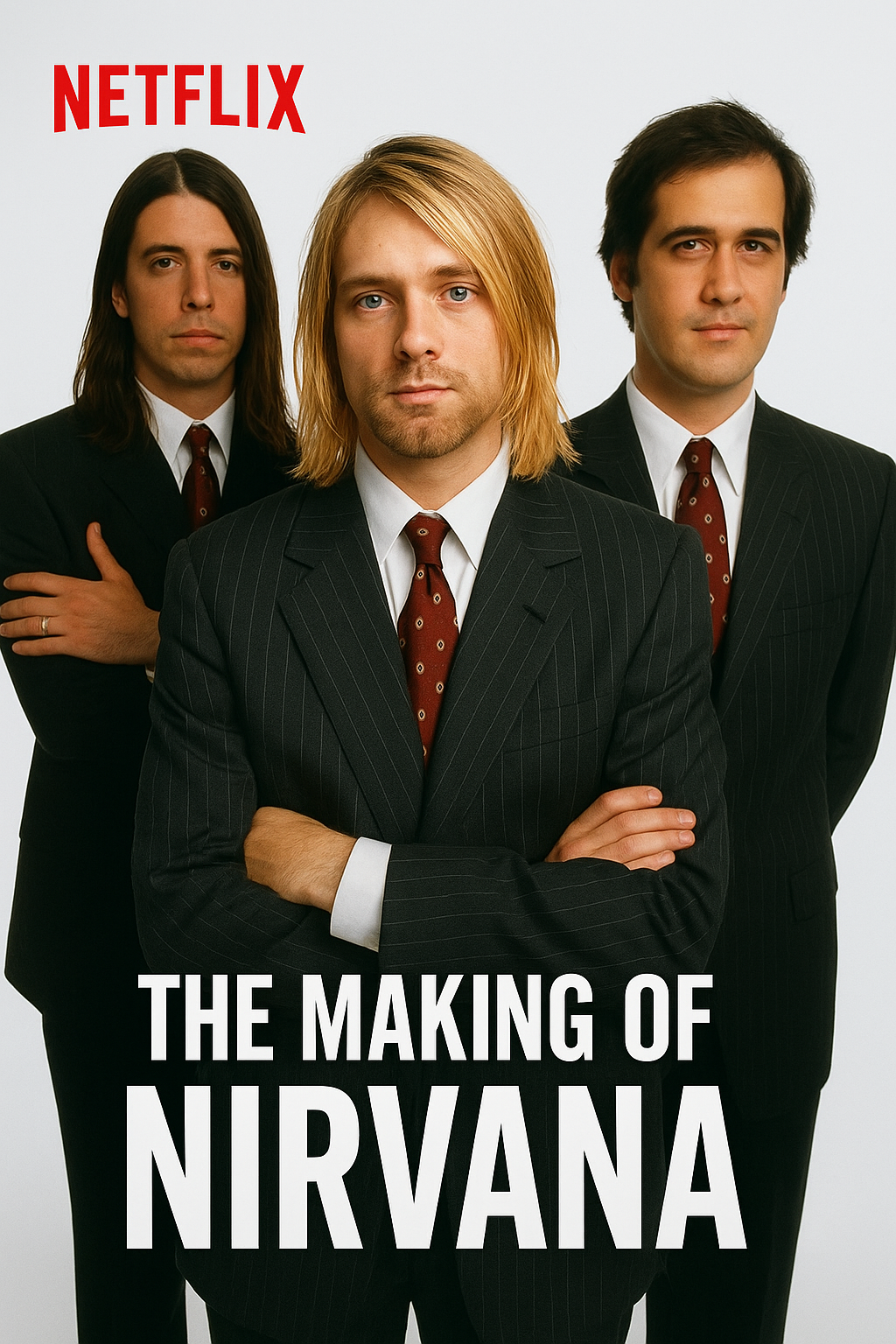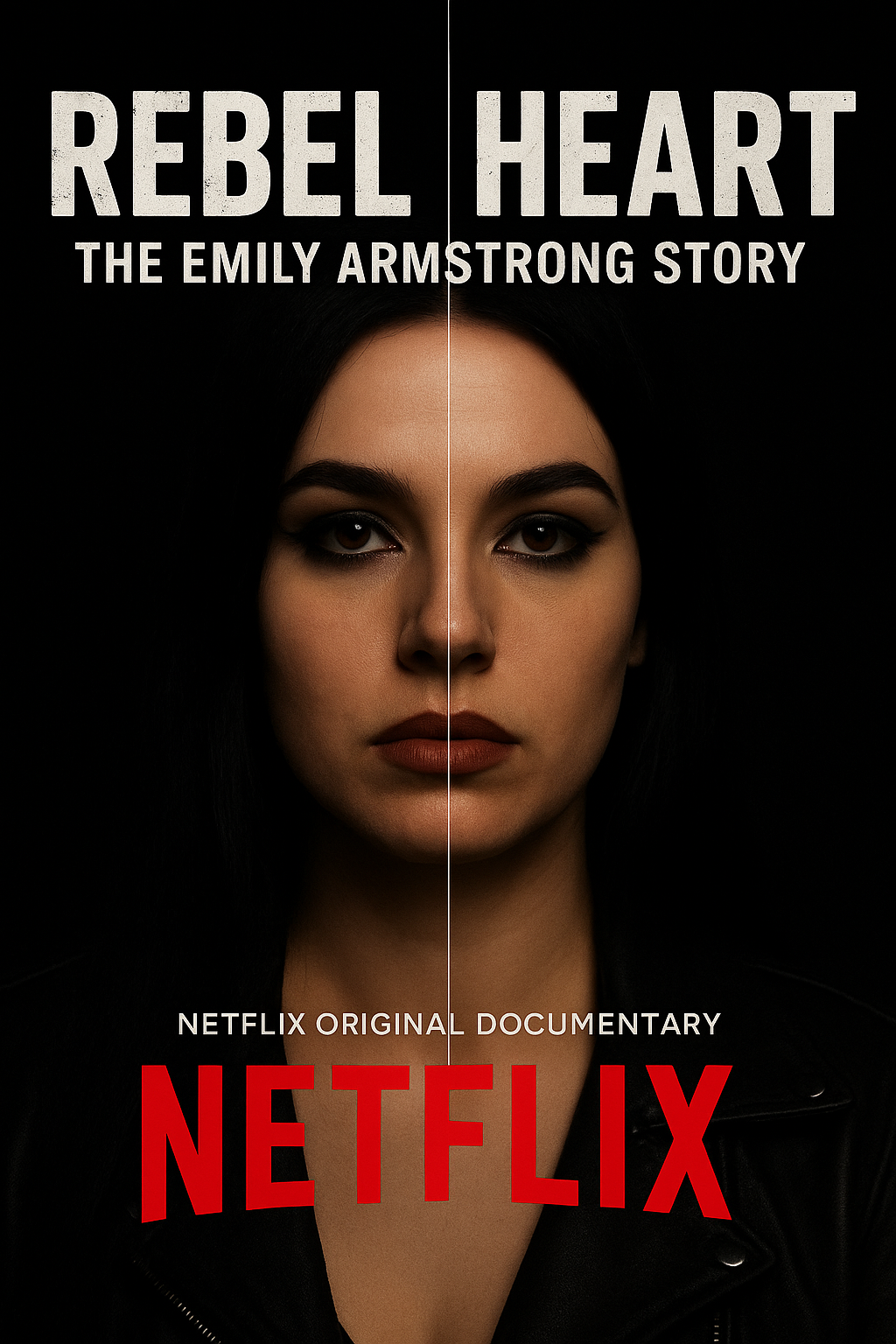Netflix has once again tapped into the pulse of pop culture nostalgia, unleashing a kaleidoscopic and unflinching biopic that dives deep into the extraordinary life of Pete Burns and his band, Dead or Alive. Titled “YOU SPIN ME: The Dead or Alive Story,” the film is already generating buzz for its bold storytelling, unapologetic visuals, and a no-holds-barred exploration of the man who refused to be boxed in. More than a music doc, it’s a raw, glitter-soaked rollercoaster that leaves nothing off-limits.
From the very first scene, the film grips you with Pete’s unmistakable presence—outrageous, magnetic, and completely singular. Born in 1959 in Bebington, England, Burns grew up a misfit with a fierce sense of self. The film doesn’t shy away from the challenges he faced: poverty, bullying, and the internal war of a man who never quite fit into conventional society. The early chapters paint a compelling portrait of a young visionary who was always just a little too ahead of his time.
The rise of Dead or Alive is chronicled with all the urgency and chaos of the 1980s music scene. Viewers are transported to the smoky nightclubs of Liverpool, where Pete first made waves with his androgynous fashion and confrontational charisma. The formation of Dead or Alive feels almost inevitable—a band born not just from sound, but from attitude. Netflix captures the energy of this era with electric performances and a pulsating soundtrack that revives the group’s signature high-NRG sound.
At the heart of the film is the band’s breakout hit, “You Spin Me Round (Like a Record).” The song’s explosive success in 1985 isn’t just a musical milestone—it’s a cultural lightning strike. Netflix masterfully recreates the making of the track, from studio tension with producers Stock Aitken Waterman to Pete’s uncompromising vision for its music video. It’s a high point that the film uses as both a celebration and a pivot toward the darker chapters of fame.
What sets this biopic apart is its refusal to sanitize the chaos. As the band climbs the charts, Pete’s personal life begins to unravel. The film portrays his struggles with fame, identity, and a turbulent relationship with the press and the public. Archival interviews and dramatized scenes blend seamlessly to show how the very traits that made Pete a star also made him a target. He was flamboyant, confrontational, and defiantly himself in an era that wasn’t ready.
The middle stretch of the film dives deep into the psychological toll of stardom. Pete’s extensive cosmetic surgeries are handled with surprising sensitivity—shown not as vanity, but as a complex response to trauma, dysmorphia, and control. There’s a haunting vulnerability in these moments that humanizes a man who was often misunderstood. It’s this kind of emotional honesty that gives the biopic its soul.
Netflix doesn’t neglect the music, either. We’re treated to vivid recreations of Dead or Alive’s lesser-known hits and international success, particularly in Japan, where the band remained iconic long after their UK popularity waned. The film reminds us that while mainstream culture may have moved on, Pete Burns was still innovating, still performing, and still refusing to fade into the background.
The third act chronicles the years of reinvention, scandal, and resilience. From his candid (and often controversial) reality TV appearances to his late-life reinventions, Pete remained unapologetically himself to the end. The film’s tone shifts here—not to mourn, but to celebrate. There’s a sense of admiration in how the narrative honors a man who never stopped fighting for autonomy over his image, his art, and his identity.
Much of the film’s emotional punch comes from rare footage and commentary from those closest to Pete. Former bandmates, friends, and family provide intimate insights that add depth and dimension. We hear from music historians and LGBTQ+ cultural critics, too, who place Pete’s impact in a broader context—as both a queer trailblazer and a pop provocateur who reshaped what masculinity, fame, and performance could look like.
Visually, the biopic is a feast. Costume design is meticulously faithful, with Pete’s ever-evolving fashion transformations taking center stage. From leather-and-lace to dreadlocked glam-punk, each era of his aesthetic is recreated with reverence and flair. Directors use hyper-saturated colors and dizzying camera work to mirror Pete’s own flamboyance and unpredictability.
Ultimately, “YOU SPIN ME” is more than a music documentary—it’s a tribute to creative rebellion. It tells the story of someone who never played by the rules, and in doing so, forced the world to reexamine the rules themselves. Pete Burns wasn’t just a pop star. He was a cultural disruptor, a fashion icon, and a deeply complex human being whose legacy still ripples through music, fashion, and queer identity today.
This isn’t just one to watch—it’s one to experience. Whether you loved him, misunderstood him, or are discovering him for the first time, Pete Burns will spin you round. And when the credits roll, you’ll understand why his story needed to be told—loud, proud, and in full color.



